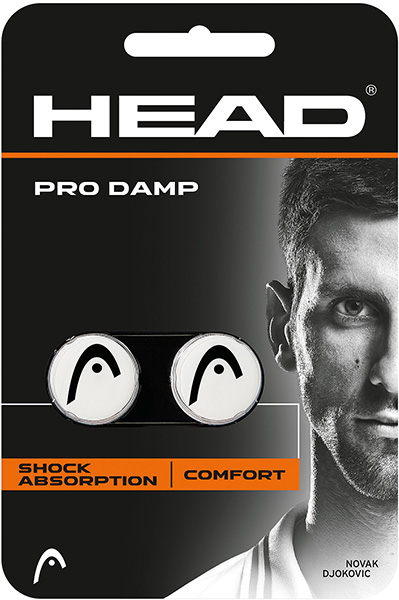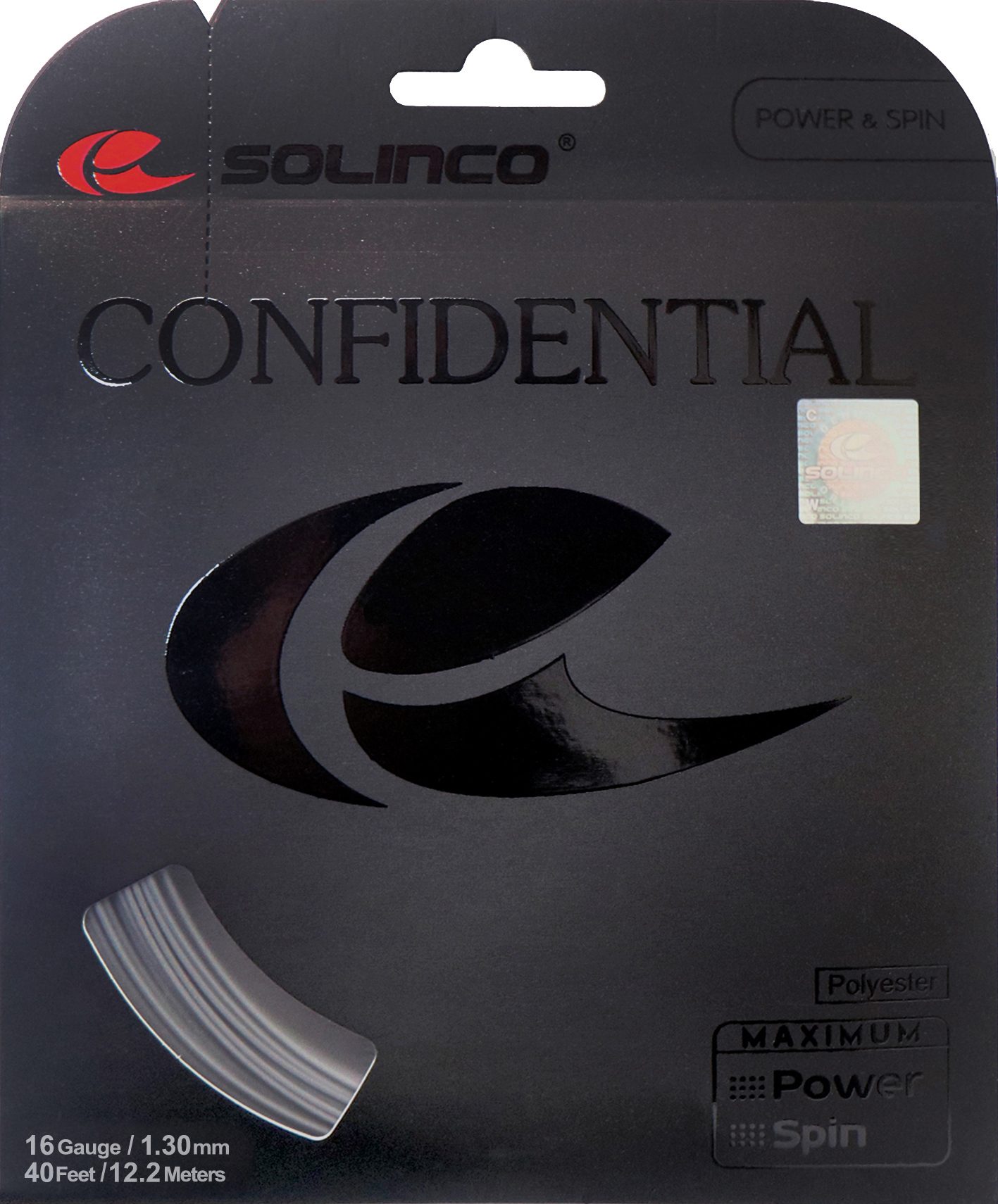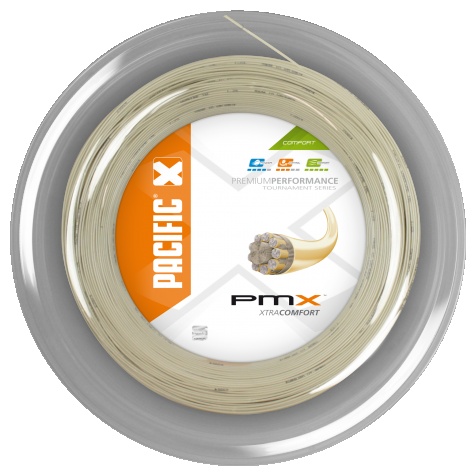

189,90 €
Save 33%
189,90 €
Informacje o produkcie
Experience Unrivalled Tennis Performance with Pacific PMX (200 m)
Introducing the Pacific PMX (200 m), a multifilament tennis string designed twofold for precision and player comfort. This product proves to be an ideal choice for players yearning for the perfect blend of control, dynamism, and power in every stroke. Not just that, it also ensures optimum rotational power and spin access, all the while keeping your forearm and elbow at ease.
Exceptional Feel and Control
Pacific PMX offers unparalleled touch sensitivity, allowing you to sense the minute tendencies of the ball and to respond accordingly. The extraordinary feel it provides naturally translates to enhanced control. With Pacific PMX, master your game by shaping your shots with research-backed precision.
Maximum Comfort and Low Impact
Ease of use is not a concern with the Pacific PMX. This string is specifically designed to be easy on the hand and elbow, reducing impact and potential strain. Thus, it supports prolonged play sessions with minimal discomfort, making your tennis experience more enjoyable.
Potent Power and Spin
Pacific PMX is not just comfortable, but it's also power-packed. It is perfect for players who look out for dynamic power in their shots. Moreover, it offers excellent spin accessibility, enabling you to add that extra twist to your shots with ease.
Smooth Profile and Multifilament Structure
Featuring a smooth profile, this string glides across the ball, ensuring reduced friction and better fluidity in your shot-making. The multifilament structure, on the other hand, boosts durability and resilience, thus enhancing overall playability and lifespan.

| Article number: | ST14992.2 |
|---|---|
| Properties: | comfort dynamic feel |
| String length (m): | 200 |
| String profile: | soft |
| Structure: | multifilament |
Experience Unrivalled Tennis Performance with Pacific PMX (200 m)
Introducing the Pacific PMX (200 m), a multifilament tennis string designed twofold for precision and player comfort. This product proves to be an ideal choice for players yearning for the perfect blend of control, dynamism, and power in every stroke. Not just that, it also ensures optimum rotational power and spin access, all the while keeping your forearm and elbow at ease.
Exceptional Feel and Control
Pacific PMX offers unparalleled touch sensitivity, allowing you to sense the minute tendencies of the ball and to respond accordingly. The extraordinary feel it provides naturally translates to enhanced control. With Pacific PMX, master your game by shaping your shots with research-backed precision.
Maximum Comfort and Low Impact
Ease of use is not a concern with the Pacific PMX. This string is specifically designed to be easy on the hand and elbow, reducing impact and potential strain. Thus, it supports prolonged play sessions with minimal discomfort, making your tennis experience more enjoyable.
Potent Power and Spin
Pacific PMX is not just comfortable, but it's also power-packed. It is perfect for players who look out for dynamic power in their shots. Moreover, it offers excellent spin accessibility, enabling you to add that extra twist to your shots with ease.
Smooth Profile and Multifilament Structure
Featuring a smooth profile, this string glides across the ball, ensuring reduced friction and better fluidity in your shot-making. The multifilament structure, on the other hand, boosts durability and resilience, thus enhancing overall playability and lifespan.

| Article number: | ST14992.2 |
|---|---|
| Properties: | comfort dynamic feel |
| String length (m): | 200 |
| String profile: | soft |
| Structure: | multifilament |
Each offer available in the Tennis Zone is an original product, coming directly from manufacturers or trusted distributors.
Subscribe to newsletter
Save a 5%
Sign up for the free newsletter and do not miss any promotions and news, as well as individual offers from our store.

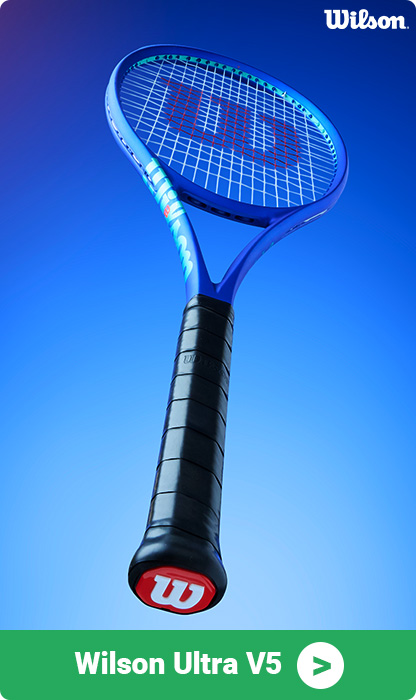

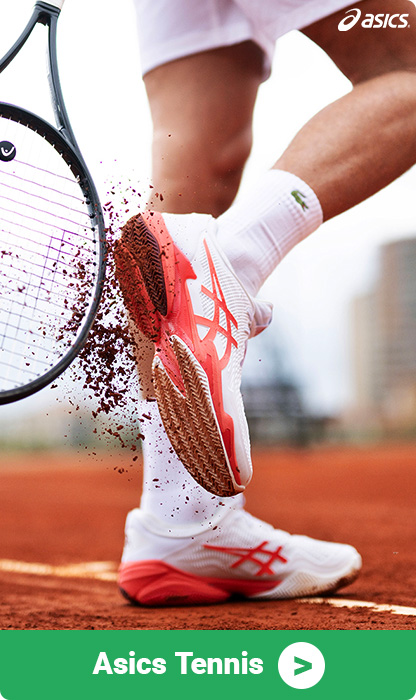

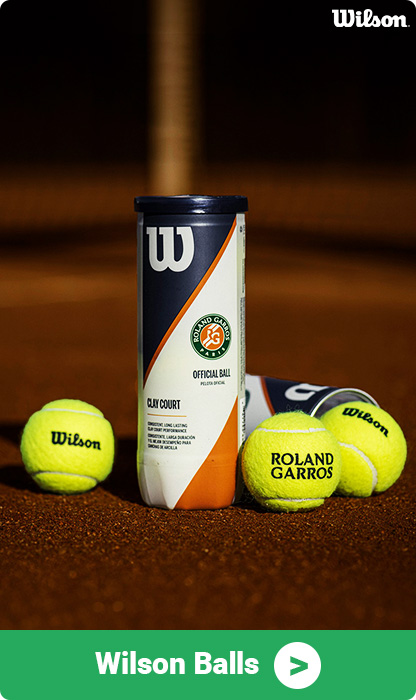
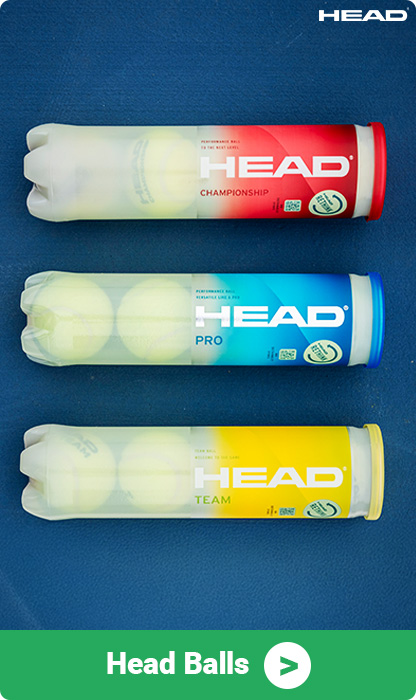
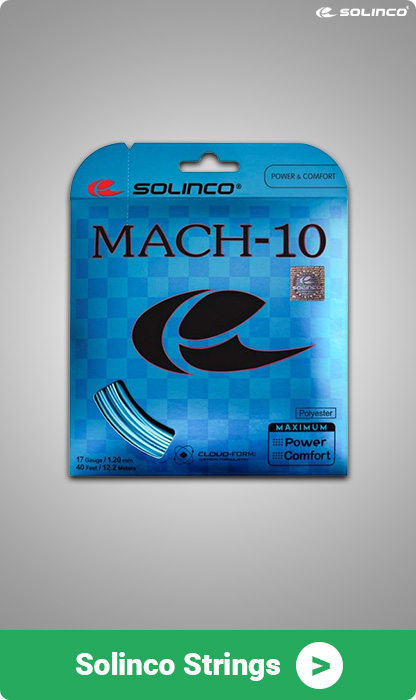
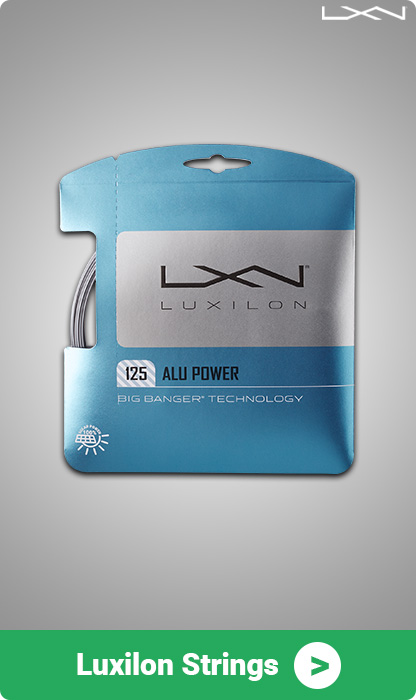
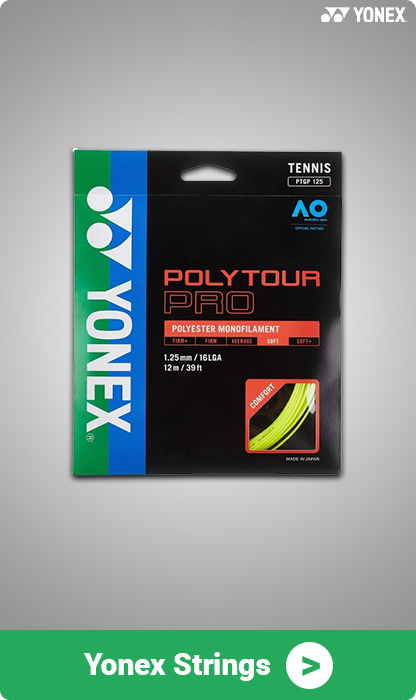















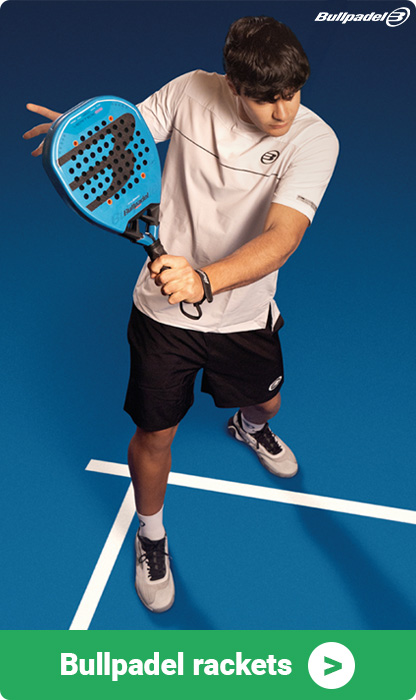
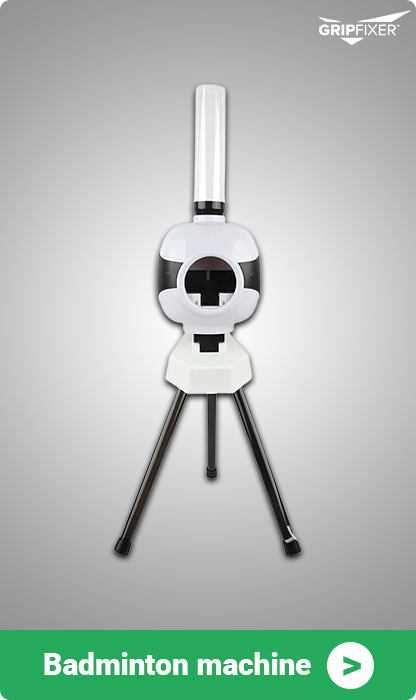
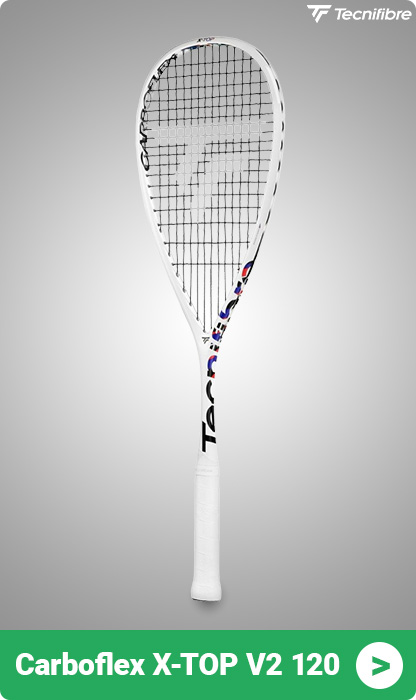
 tennis-zone.eu
tennis-zone.eu 
